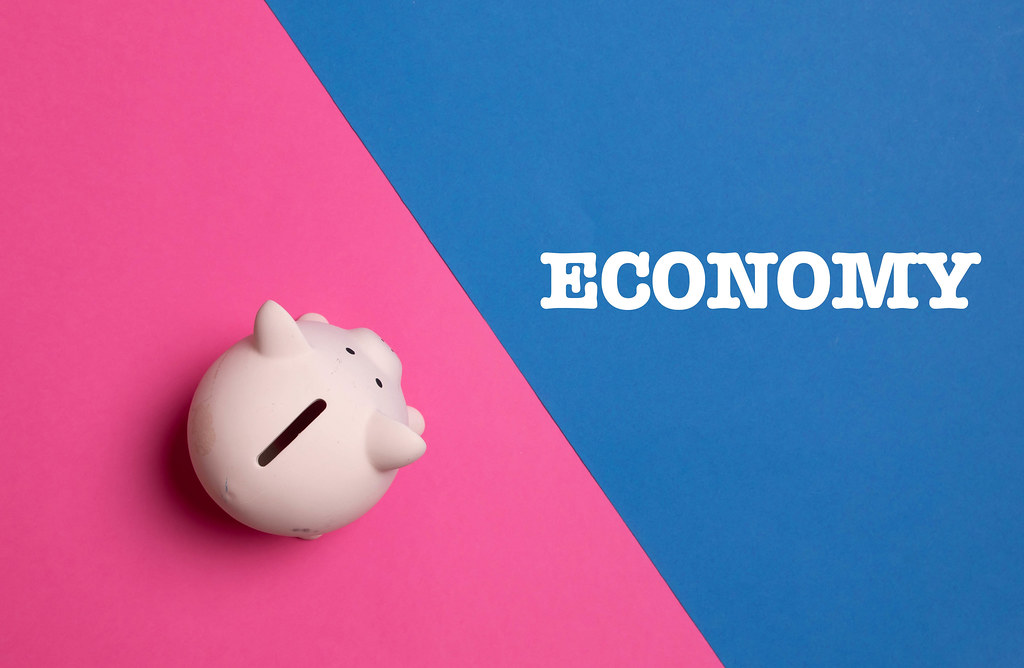While people around the world are doing their best to bear with the economic burden of COVID-19, a handful of politicians, including US President Donald Trump, are arguing for “reopening the economy”.

A new study led by researchers City University of New York (CUNY) along with the Infectious Disease Clinical Outcomes Research Unit (ID-CORE) at the Los Angeles Biomedical Research Institute reports that a wider spread of the coronavirus could cost hundreds of billions of dollars in direct medical expenses alone as the current number of hospital beds and ventilators won’t be enough to cover demand.
The cost of change
“Some have suggested herd immunity strategies for this pandemic,” explained Sarah Bartsch, lead author of the study and project director at the Public Health Informatics, Computational, and Operations Research (PHICOR) at CUNY. “These strategies consist of allowing people to get infected until herd immunity thresholds are reached and the virus can no longer spread. However, our study shows that such strategies could come at a tremendous cost.”
“This also shows what may occur if social distancing measures were relaxed and the country were to be ‘re-opened’ too early,” said Professor Bruce Y. Lee, executive director of PHICOR and the study’s senior author. “If the virus is still circulating and the infection rates surge as a result, we have to consider the resulting health care costs. Such costs will affect the economy as well because someone will have to pay for them. Any economic argument for re-opening the country needs to factor in health care costs.”
The authors also note that these costs can be reduced substantially if the spread of COVID-19 is contained to any degree — but the more the better.
For the study, they used a computer model to simulate the entire U.S. population and see what would happen if different proportions of its citizens caught the virus. As part of the model, simulated individuals could develop symptoms of different severity levels over time (as per our current data on case severity in the real world) and, based on those symptoms, either visit a clinic, an emergency department, or a hospital. The resources each patient would then require from the medical system (such as health care personnel time, medication, hospital beds, and ventilators) would then be gauged based on their health status. The model then tracked the resources involved, the associated costs, and the outcomes for each patient.
Overall, it showed that the associated costs of a widespread coronavirus in the U.S. would be substantial:
- For 20% of the U.S. population infected, the model estimates an average of 11.2 million hospitalizations and 1.6 million ventilators used, leading to around $163.4 billion in direct medical costs. The worst outcome for this scenario would be 13.4 million hospitalizations and 2.3 million ventilators used, with an average direct cost of $214.5 billion.
- A 50% infection rate among the U.S. population would lead to an estimated 27.9 million hospitalizations, 4.1 million ventilators used and 156.2 million hospital bed days accrued — and $408.8 billion in direct medical costs.
- For an 80% infection rate, the team estimates 44.6 million hospitalizations, 6.5 million ventilators used, and 249.5 million hospital bed days (general ward plus ICU bed days) incurred — which would cost an average of $654 billion.
On the one hand, the price tags alone should show that lifting measures such as social distancing and quarantine too early won’t do that much good in an economic sense, because any upticks in profits would quickly be drained by the direct costs of caring for the people who become infected. On the other, the team only looks at direct medical costs. Indirect ones, for example, those incurred by reopened businesses whose employees can’t actually work because they’re in the hospital, aren’t quantified — so the ultimate cost of reopening the economy would be even greater than what the team estimates here.
The currency we pay in
In the end, policymakers and the public will have to decide for themselves whether they’d rather bear the economic costs of preventive measures or the costs in lives and medical spending associated with re-opening the economy.

Image via Wikimedia.
The team underscores that a single symptomatic COVID-19 coronavirus infection costs an average of $3,045 in direct medical costs during the course of the infection alone, which is 4 times higher than the costs associated with a symptomatic influenza case and 5.5 times higher than a symptomatic pertussis case. They further estimate that total costs associated with a symptomatic COVID-19 case (when factoring indirect costs such as organ damage too) increased the average cost to $3,994.
“This is more evidence that the COVID-19 coronavirus is very different from the flu,” said Bartsch. “The burden on the health care system and the resources needed are very different.”
“Factoring in the costs incurred after the infection is over also adds to the costs. It is important to remember that for a proportion of the people who get infected, health care costs don’t end when the active infection ends,” Lee warned. “This pandemic will have its lasting effects and taking care of those who will suffer continuing problems is one of them.”
Only looking at costs also leaves out an important part of the discussion: resources aren’t infinite in the healthcare system, and there’s a limit beyond which throwing dollars at the problem just won’t help anymore. If healthcare systems or any single link in the chain (such as personnel, ventilators, or hospital beds) become overwhelmed, patients won’t be able to receive the care they need. According to the Society of Critical Care Medicine, there are approximately 96,596 ICU beds and 62,000 full-featured mechanical ventilators in America, a country of 328.2 million people — meaning that if even only 0.03% of the country needs hospital care, these resources will be overwhelmed.
The paper “The Potential Health Care Costs And Resource Use Associated With COVID-19 In The United States” has been published in the journal Health Affairs.






